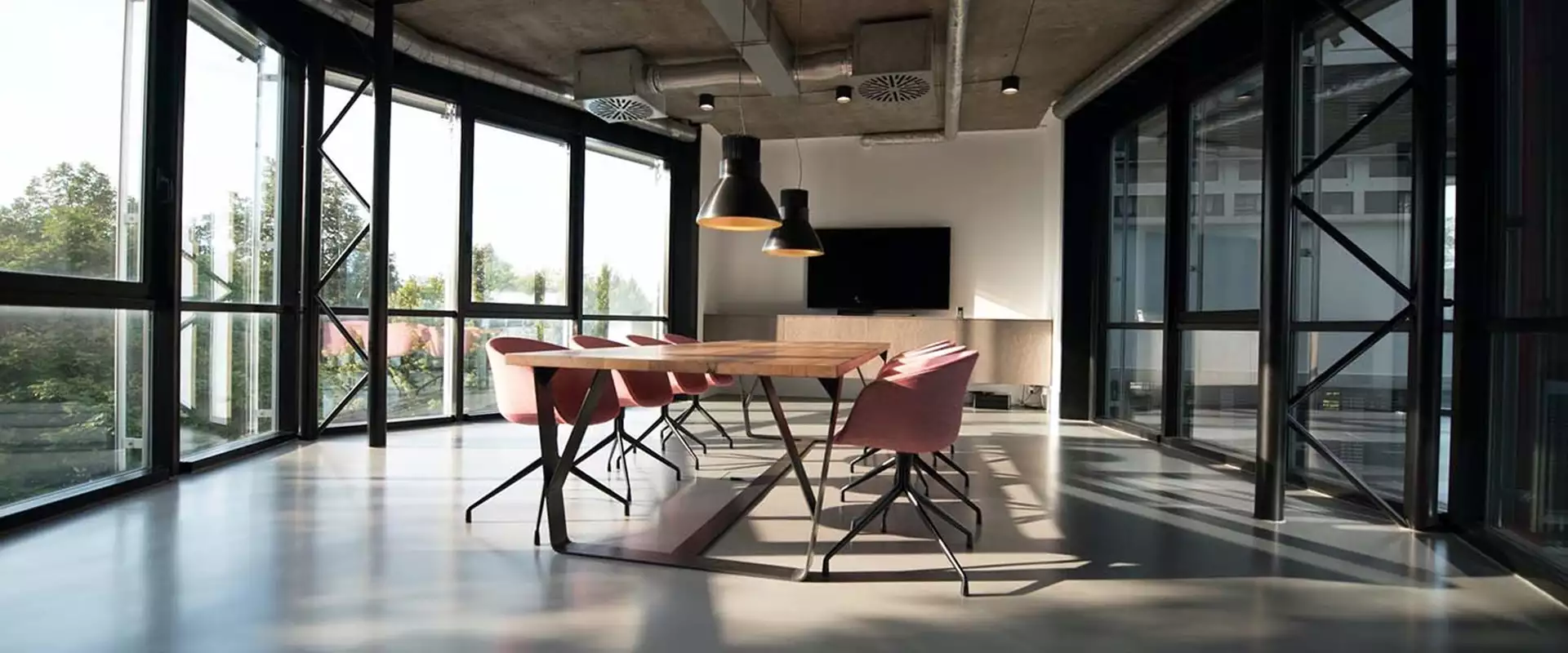Related Articles
Fresh thinking from 4,000 Creators and Innovators


In this guide to commercial property use classes, we will explain the different commercial property types across London and what they mean for your business.
At Workspace, we love to be helpful. We know that commercial property is vital for businesses to grow and thrive, but there are different types available, and legal definitions for how a space can be used, which can get confusing.
In this guide to commercial property usage, we will explain the different commercial property types across London and what they mean for your business.
Commercial property is real estate that is used for business activities, but there’s obviously more than one type of business. Before we get into the legal nitty gritty of what a building might be used for, let’s look at the main categories commercial space falls into.
Studio space and offices can be found almost anywhere, but are more popular in towns and cities. Office buildings can be multi-tenanted or single-tenanted and are more than likely to have a business owner and managers to help run the day-to-day use and help customers who use the space. Studio space is often used by more creative businesses such as jewellers, photographers or artists as the space is laid out differently to an office, for example there may be fewer desks and open space.
Retail covers shops and stores, think pet shops, clothing stores, and hairdressers. It can also be a collection of retail ventures like a large shopping mall (think Westfields). It’s important to note that retail commercial spaces are ones where the actual selling of the product happens, rather than its manufacture.
Industrial buildings house industrial operations for a variety of customers. Because of the nature of the work that goes on (which can be noisy or produce waste) they are found outside of towns and cities in more rural locations. They are also often placed along major transportation routes to help get the goods to retail outlets or customers. They can also be grouped into industrial parks. Things that might go on in an industrial commercial space include:
Leisure is a wide category. It can mean restaurants, take-away food venues, hotels, and pubs. It means the type of space is usually far larger than an office or studio and will need certain licensing in place to be able to prepare and serve food or alcohol.
Hospitals, specialist clinics, and nursing homes all fall under the healthcare category for commercial property. It’s also where dental practices may be or, increasingly, alternative medicine practices. These types of property could be based almost anywhere and will be subject to varying levels of legislation depending on the type of healthcare they provide. There are also a range of licences for different medications this kind of property may offer.
There are rules and regulations for the way land and buildings can be used. Types of use have long been split into classes, called, helpfully, use classes, which outline the type of work or process that can legally happen in a building on a piece of land. For example, a building might be legally able to hold a shop, but not sell alcohol and not every type of space is appropriate for food prep or retail companies.
Up until 2020, the commercial property use classes were categorised by the Town and County Planning Use Classes Order 1987. Until 1 September 2020, there were four classes, A-D, each containing subgroups. Since then, a significant reform of the Use Class Order has taken place, with the introduction of new classes E, F.1 and F.2.
Importantly, changing how you use a space may not always require planning permission if the use sits within the same class as before. Of course, you should always check this before you start making any drastic changes to your business!
Below are the new commercial property use classes that came into effect in September 2020, you’ll notice they use letters for each class and its subcategories, then numbers for the breakdown of a subcategory. This is so when you apply for planning permission or change of use, you can be clear about what you are looking to do.
Class E is one of the new classes of use for commercial property added to the list. It’s quite wide ranging as it permits use, or part use, for all or any of the following purposes:
Class F is split into two main parts and covers uses previously defined in old classes D1, ‘outdoor sport’, ‘swimming pools’ and ‘skating rinks’ and D2(e), as well as newly defined local community uses.
In F.1 there are seven available uses for a building or land as long as none of these include residential use:
F.2 only has four subcategories and is concerned with community-based use of buildings or land:
B2 General industrial means the space will be used for industrial processes that don’t already fall into class E. B2 spaces, however, still cannot be used for incineration purposes, chemical treatment or landfill, or hazardous waste.
B8 is for any kind of storage or distribution facility, but also includes open air storage. Businesses that fall into this class may include warehouses.
Sui generis' is Latin for ‘in a class of its own’. Certain uses are specifically defined and excluded from classification by legislation, so they fall into this list. It includes:
Want to talk some more? Workspace is always here to support you if you need commercial property. From our handy space calculator to inspiring customer stories, we know how to help your business thrive in the capital so get in touch.

Mon-Fri 9am-5.30pm